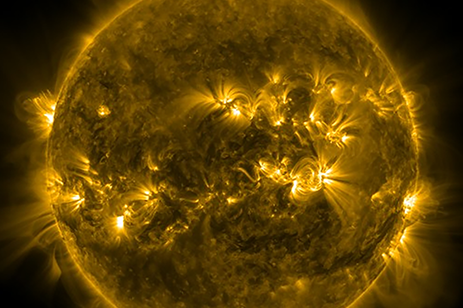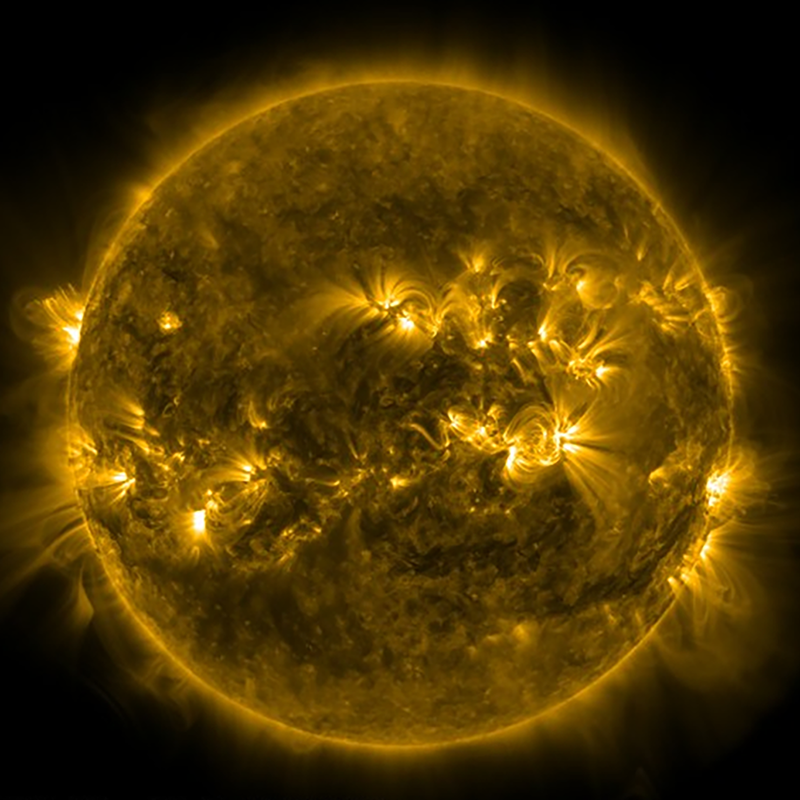
The use of COTS equipment for space applications is increasing in popularity. As the usage of COTS equipment extends into mission-critical functions, the risks posed by the space radiation environment need to be understood and mitigated. This paper will discuss the approach used to characterize existing COTS data acquisition electronics for the LEO space radiation environment through high-energy proton testing at the PCB level.
The paper examines how these test results can be used to determine an on-orbit SEE (Single Event Effects) event rate using the Bendel A and FOM (Figure of Merit) analysis techniques with radiation environment models such as CREME and SPENVIS. The results for a data acquisition system will be discussed and show how SEU and SEL effects can occur in the system as well as how they can be detected and mitigated. A mitigation technique for SEL events is to monitor the current draw on voltage rails to detect spikes and power cycle only the affected circuitry. A technique used for SEU events is to continuously refresh all RAM in the system such that any errors are flushed out quickly.

What is Radiation?
Radiation is defined as the emission of energy as electromagnetic waves or as moving subatomic particles. There are many types of radiation encountered in our everyday lives including sound, light, radio waves, wireless signals, etc. These forms of radiation are generally low-energy and benign.
Login and download the white paper to learn more.
- Ionizing Radiation
- Single Event Upsets
- Single Event Effects
- Heavy Ion Testing
- Galactic Cosmic Rays